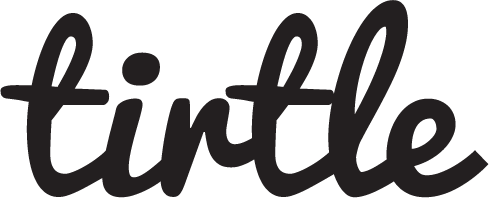As a project manager, are you aiming to boost your income and take on new challenges? The prevailing market trends indicate that now is an opportune time to explore a side hustle as a project management consultant. This guide will help you leverage your expertise and experience to launch a flourishing consulting business.
1. Cultivate a Robust Network: The foundation of your consultancy lies in networking. Start with your existing contacts and broaden your reach by attending industry conferences, engaging in webinars, and joining professional organizations. These interactions can lead to potential business opportunities.
2. Pinpoint Your Specialization: Think about which aspects of project management truly engage you. Focusing on a specific niche not only increases your marketability but also distinguishes you in a crowded field.
3. Develop a Compelling Portfolio: Demonstrate your project management prowess with a comprehensive portfolio. This should include past projects, challenges addressed, skills developed, and significant achievements. Your portfolio will serve as your introduction to prospective clients.
4. Set Clear Pricing: Clearly articulate your fees, whether you charge by the hour or per project. Transparent pricing fosters trust and prevents misunderstandings down the line.
5. Boost Your Digital Footprint: Enhance your visibility through social media, professional networking sites, and online forums. Consider launching a blog or building a professional website to showcase your services.
6. Maintain Organization: Employ project management tools and templates to efficiently handle multiple clients and projects. Staying organized is crucial for effectiveness.
7. Persistently Pursue Opportunities: Keep an eye out for new clients and projects. Your networking efforts should be continuous.
Case Study: Sarah’s Consulting Venture
Meet Sarah, who balances her full-time project management role with her growing consulting business. Her routine includes morning meditation, managing consultancy emails at breakfast, and dedicating her daytime hours to her primary job. Evenings are reserved for her consultancy tasks, which involve client meetings, portfolio updates, and blog writing.
Cold Emailing Strategy:
Sarah’s cold emails are concise and genuine. She introduces herself, showcases her experience, and expresses a real interest in her potential clients’ projects, suggesting a follow-up call.
Essential Toolkit:
- Project Management: Asana, Trello
- Communication: Zoom, Microsoft Teams
- Portfolio: Behance
- CRM: Salesforce, HubSpot
- Financial: QuickBooks
- Learning: Udemy, Coursera
- Networking: LinkedIn, industry forums
- Online Presence: Professional website and blog
Pricing Strategy and Income Goals:
Sarah carefully determined her hourly rate by assessing overhead costs, market rates, and her distinct value. She revisits her pricing quarterly with a goal of earning $100,000 a year and plans to increase her consulting hours and potentially expand her team in the future.
Marketing Strategy:
Sarah blends traditional networking with digital marketing strategies. She utilizes personal contacts, a professional website, LinkedIn, blogs, webinars, paid ads, partnerships, and regular follow-ups to expand her client base.
Conclusion: Shaping Your Professional Story
Sarah’s journey provides valuable insights for project managers considering a transition to consulting. It underscores the importance of strategic planning, financial insight, effective marketing, and the ambition to reach professional objectives. By adopting her strategies, you too can establish a successful consulting practice alongside your full-time job.




